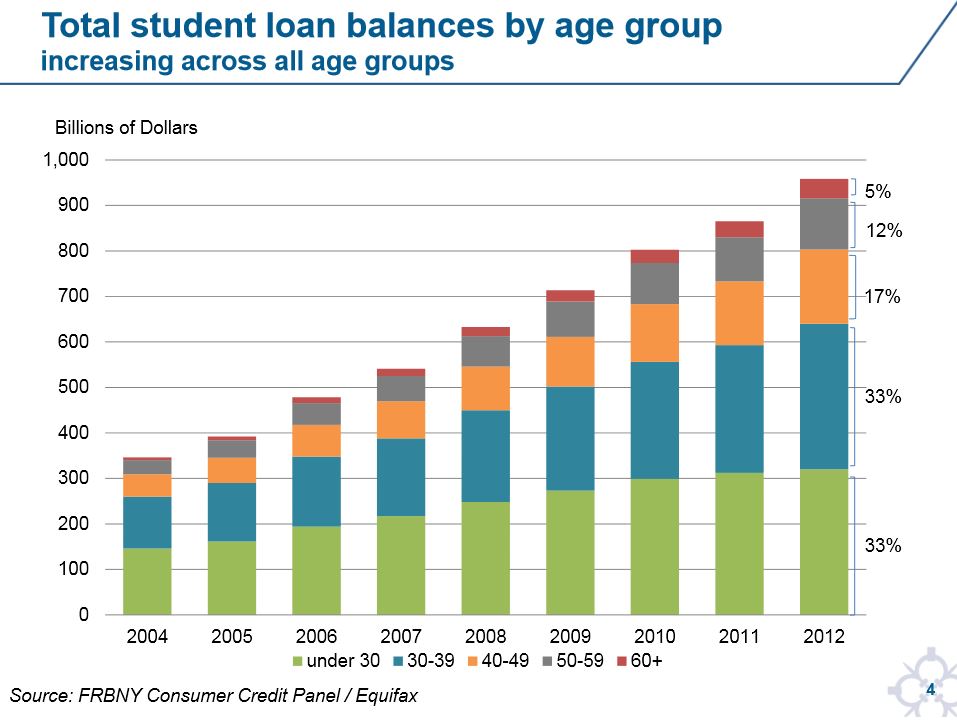Student loan rates have a huge effect on how much American students will end up paying for their college education. Every year there are changing rates and policies regarding student loans, so keeping up with them can be difficult. Here are some of the latest policy and rate updates.
Student Rates Won’t Be Doubling
In early 2013, there was a major scare that student loan rates would be hiked up as high as double the original rate. Thankfully, senators have managed to reach bi-partisan agreement to keep the rates from being raised this fall. For students who were on subsidized Stafford loans, rates would be lowered.

Promise Programs
The cost of university tuition in the US has become so high that it is nearly impossible for students to pursue their education interests. Students often go into tens of thousands of dollars’ worth of debt that can haunt them for decades after and the higher the interest rates the more they will pay over the life of their loan. The Promise Programs come from wealthy families and business professionals who voluntarily invest money into education for those who cannot afford it. Promise Programs are not the same as merit scholarships since they are dependent on the donations of the donors. In some cases, there may be a connection between the individual or the community where the donor is giving to. This program also encourages students to help drive local markets. Promise Programs are more accessible than merit scholarships since they have no qualifying academic bar.
Undergrads Overspend Loan Cash
Student loans are a vital tool to help students reach their academic goal, but it can also create destructive financial habits. With heaps of free cash coming in every month, many students have used student loans to support spending on a lavish lifestyle. Researchers have found that many students are actually using their loans to party, buy cars, or go on vacation. The mentality of getting “free money” is great as a student, but after graduation it creates tens of thousands of dollars’ of debt. Universities often advise their students to put their excess loan funds into a saving accounts instead of spending it immediately. Eventually, that money can be used to help pay off debts.
What’s The Current Rate?
In the beginning of July, rates spiked from 3.4% to 6.8%. The Democratic Party largely supported extending the current 3.4% rate for one more year, while the president and Republicans preferred tying the rates of student loans to the normal market rates. Thanks to the new deal, students enrolling for a Stafford loan will only have to pay 3.9%. This means that the interest rate will be a bit higher than the spring loans, but still far lower than double. Parents and graduate students will see a drop of rates, with parents paying 6.4% and grad students paying 5.4%. The new bill indexes interest rates on federal student loans to the rate on the 10-year Treasury note, plus an additional 2.05%. The 10 year treasury note rate closed yesterday at 2.58% so the combined interest based on yesterday’s rate would be 2.58% + 2.05%= 4.63%.
Imagine a World Without Student Loans
Although Congress is still bickering about interest rates for student loans, some lawmakers have proposed tossing out the student loan plan completely. Oregon legislators unanimously voted to create a program named Pay Forward, Pack Back. With this plan, students agree to deducting 1.5-3% of their payroll for the next 20 years. In return, the college takes care of financing tuition. With this plan, there would be no need to worry about rising student debts, tuition hikes, and funding cuts. University of California has been using a similar plan since 2011, where the students would need to pay 5% of their income for the next 20 years in return for having no tuition. After graduation, there are no bills, no penalties, and no interest rates. For more information see Understanding New Student Loans.
See also:
- Ways Your Kid Can Help Pay for Their College Education
- Dealing with Student Loan Debt and Bankruptcy
- Sky Rocketing College Costs
- The Quickest Ways to Pay Off Your Student Loan
Resources:
Ryan Ayers enjoys writing articles about education. In this article, he explains the student loan updates and aims to encourage further study with an NJIT Online Finance MBA.
